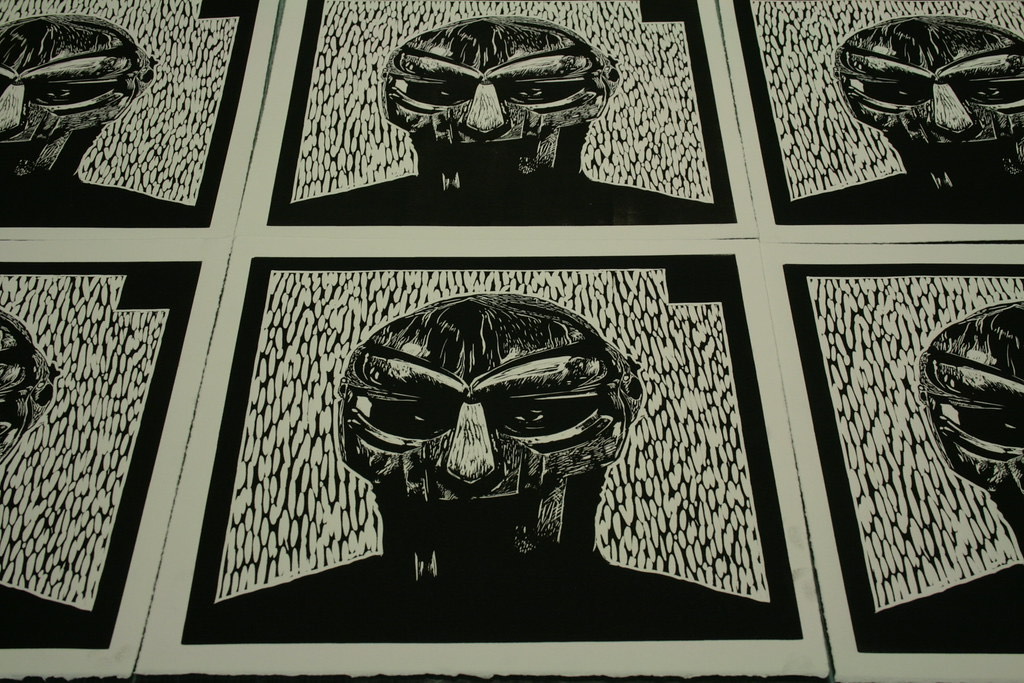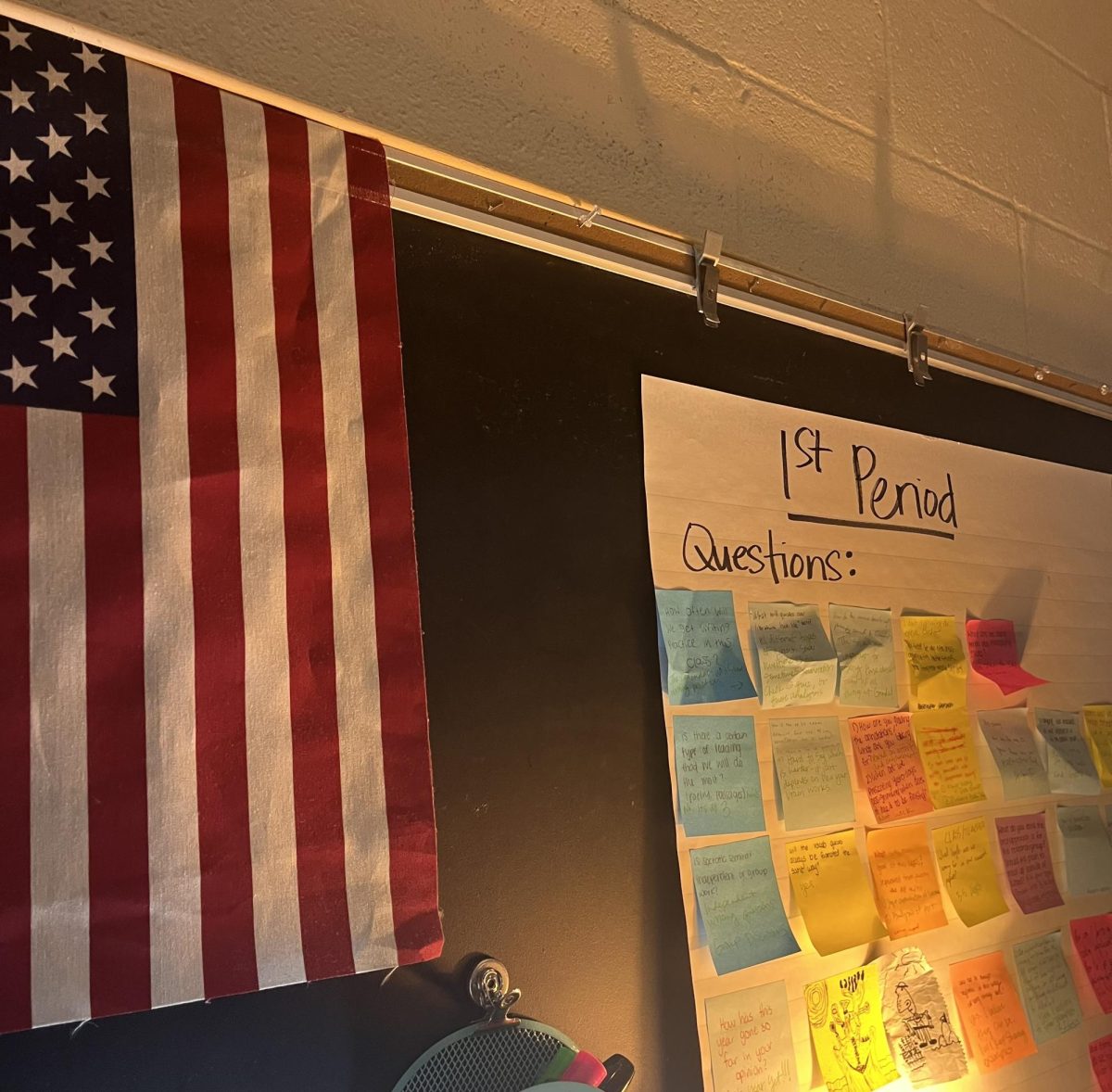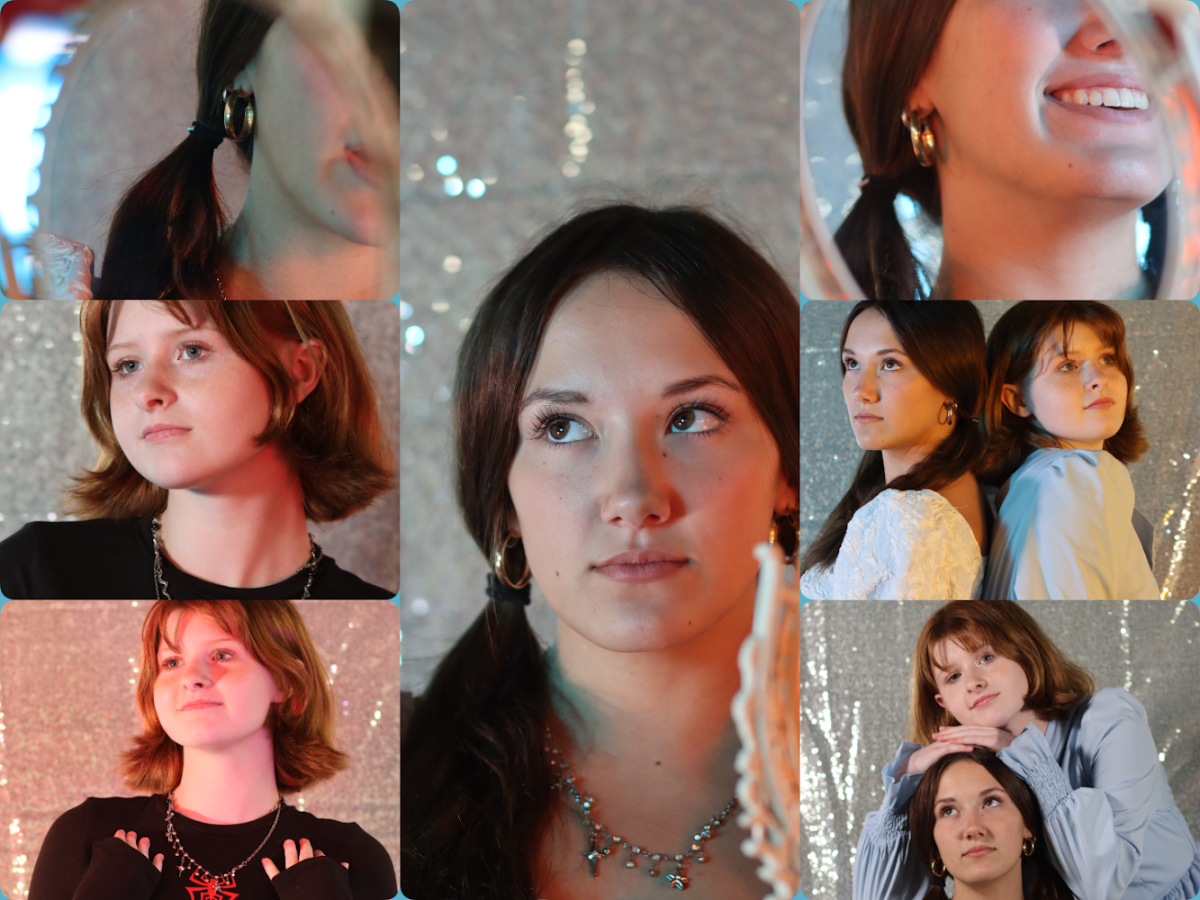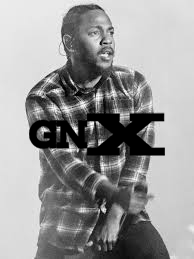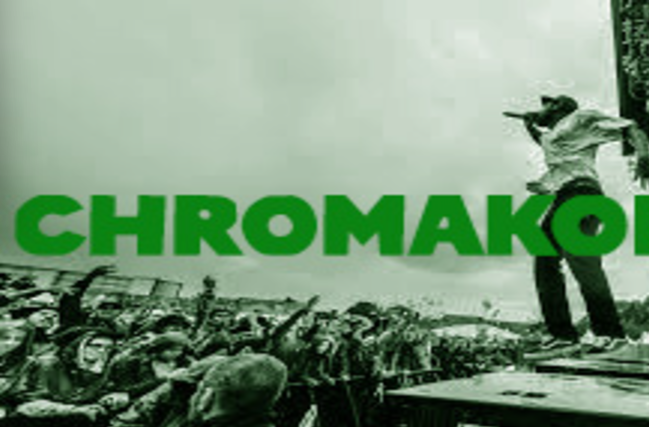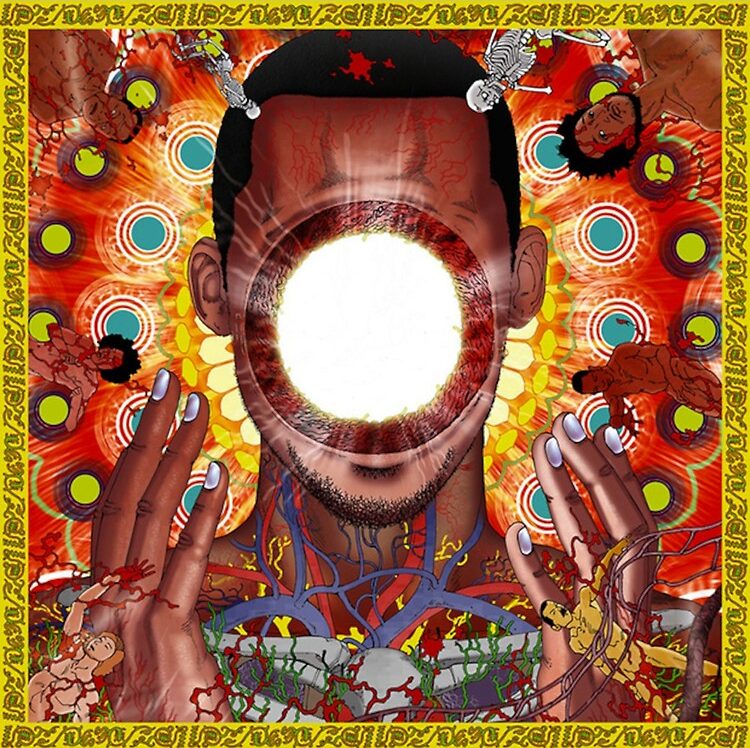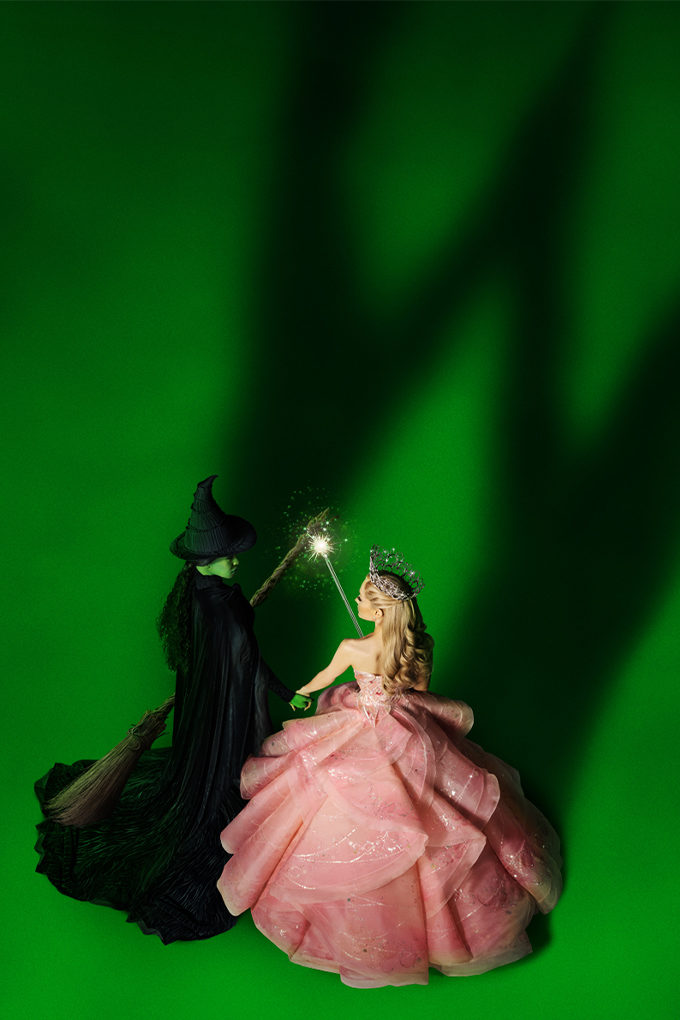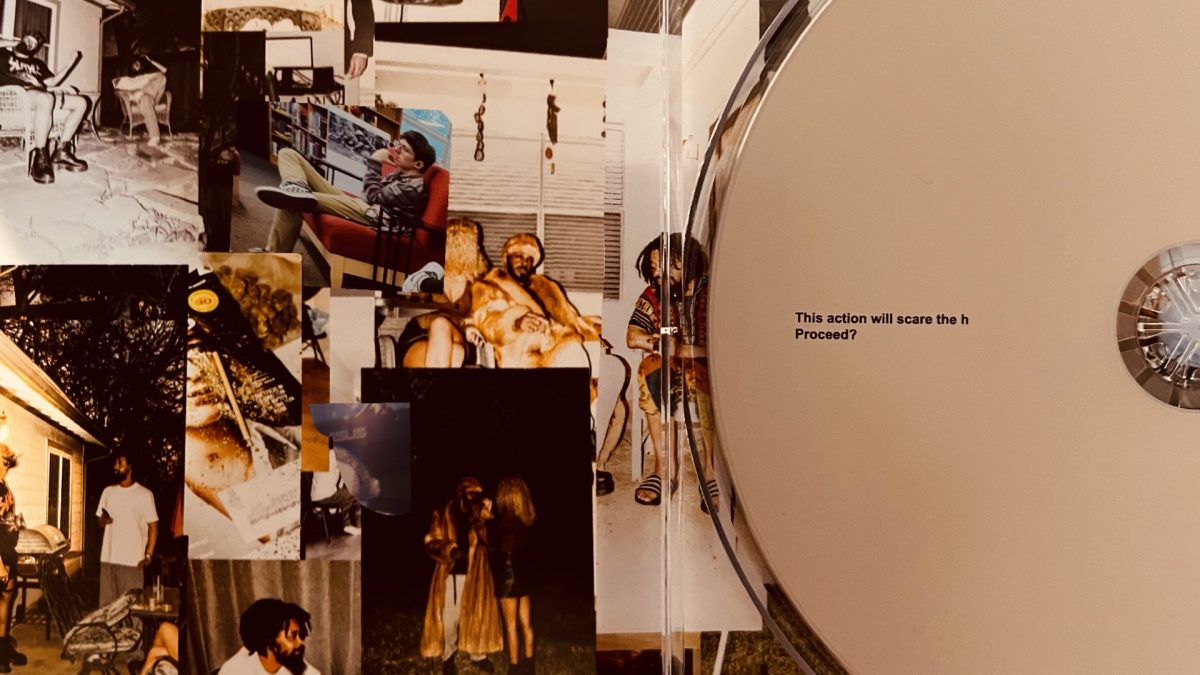Legendary MC MF DOOM teams up with legendary rapper and producer Madlib to demonstrate their expertise and grip in the experimental rap game in their collaboration effort on “Madvillainy”.
This 2004 release was not the first rodeo for either of the two artists. MF DOOM’s album “Operation: Doomsday” in 1999 and his efforts with his “King Geedorah” alias on top of Madlib’s past efforts in production show that they have been building their creative and music talent for many years before Madvillainy and had already gained respect within the underground rap community with their comic book styled production and unconventional samples used in their beats.
MF DOOM’s 2nd studio album under his “MF DOOM” persona, Madvillainy, is widely regarded as one of the greatest experimental rap albums of all time. DOOM’s signature rhyme schemes and flow as well as Madlib’s skitterish inventive beats are in full swing on this album as the two artists compliment and elevate one another on this one-of-a-kind album.
Every track on this 22-song album is short and sweet, with most being around 2 minutes long. Madlib’s ability to produce so many unique beats for a singular album in such a short and swift manner shows his confidence and appreciation for his work. Every instrumental has its own characteristics, whether it’s “Raids” chappy fast melodies, or the levitating blairs of voices and instruments on the outro song “Rhinestone Cowboy,” each song breaks the boundaries of conventional mixing and sampling in rap music.
MF DOOM’s trademark comic cartoon samples are back on the first track “The Illest Villains”. This interlude sets a sinister tone for the narrative this concept album will take on throughout the album. The narrator speaking throughout the interlude immediately assures us that the mysterious, somewhat unsettling gray-toned DOOM on the album cover is as evil as he looks. The narrator speaks on the truly villainous traits DOOM and Madlib give their characters over a misconstrued set of percussion sounds and a curious bass before getting into the first songs.
The first actual song, Accordion, has grown to be a fan favorite as the album has aged. The stripped-back instrumentals of the drowsy accordion complement DOOM’s flow beautifully, as his voice and the accordion instrumentals bounce off each other in a loose yet satisfying way. DOOM’s menacing delivery on this track enforces the ideas of villainous intentions in the “story” of the album.
The largest highlights in the first leg of the album to me were how the daunting, unsettling samples from “Meat Grinder” were turned on their head and transformed into an inventive piece of instrumentals that hold a satisfying groove instead of the unsettling effect the unproduced samples gave. The way DOOM flows so effortlessly through the fast-paced “Raid” feels so natural. The big, boomy blasts of bass in the background of “America’s Most Blunted” bring the song to life and the 19 samples of the song come together to provide such a messy instrumental that shouldn’t work but somehow does so well.
The album never misses a beat throughout its entire runtime. DOOM’s relentless bars somehow keep coming, and there isn’t a single bad bar throughout the entire album. Subject matters of drugs, violence, and money are all discussed throughout the album. Critiques of each and additions of new ideas on top of the subject matter are executed through a balance of clever wordplay and comedic lines, all coated in the signature villainous tint with lyrics on songs like “Curls” and “Money Folder.” The album also gets philosophical on tracks like “Shadows of Tomorrow” and some of the best storytelling in experimental rap at the time with songs like “Fancy Clown.” This album provides such a wide variety of subject matter and tone throughout the run time of the album that keeps me as the listener engaged in its creativity.
Some of the tracks on the album are pure instrumentals Madlib produced. These instrumentals are scattered throughout the album, and add so much character to the world MF DOOM and Madlib build, even if there are no lyrics to talk about. “Supervillain Theme” is one of my favorite songs off the album and adds cohesiveness to the ugly tone of the album without any bars or lyrics. “Do Not Fire!” has so many unconventional and unsettling samples of odd laughing on top of minor keys displaying Madlib’s talent for recognizing fantastic samples to use many other producers would oversee.
The final stretch of the album has some of the best tracks off the album. “All Caps” is another fan favorite off the album and one of my personal favorites. Its beautiful flutes and repeating piano sample with DOOM’s persistent flow show what I love so much about this album. So many things shouldn’t work, whether it’s DOOM’s somewhat repetitive flows on each song or some of the strangest samples in underground hip-hop, but it does. Everything just works on this album.
DOOM and Madlib have perfected their skills and talent in music so much to the point that they don’t need magnificent powerful instrumentals or the hardest bars to rap. They do what they want, and do whatever they think fits on each song, no matter how ugly the samples are, or how repetitive the flows can get. Part of the reason the album has aged so well to this day is that they didn’t chase the pop sounds of the time, but instead created their own unique sound that can never age. The superhero is always the most popular figure in comics, and the antagonist is rarely the star of the story. Madvillainy shows that going against the curb and becoming the villain with no rules to follow and some of the best talent in rap can go so much further than any rule-following mainstream superhero.

